Myrmecologenesis: rain forests, research, and a rejection letter
Lukas Schrader is an assistant researcher at the Institute for Evolution and Biodiversity at the University of Münster, Germany. His work focuses on the evolution of genetic novelty and phenotypic plasticity and, more generally, he is interested in understanding how ant genomes evolve to allow the tremendous biological diversity we see today. Here, he shares his story when he stepped into the world of myrmecology, starting with his first-ever stay at a tropical rainforest research station and ending with a rejection letter from Myrmecological News.
A View by Lukas Schrader

Ten years ago, during my undergrad studies in Biology at the Ruhr-University of Bochum in Germany, I was lucky to go on a 10-week-long trip to the Philippines as part of a research module called “Tropical Biology”. This module was offered by Prof. Eberhard Curio who was 76 by the time and even today still actively engages in biodiversity conservation and research. Prof. Curio is a remarkable scientist who has worked with Konrad Lorenz and was friends with Ernst Mayr. In 1996, Prof. Curio began to establish the tropical research station “Sibaliw” in the central mountains of the island of Panay to study and protect the tropical ecosystem (visit panaycon.org/) and offering the unique opportunity for biology students to experience a tropical rainforest in all its beauty first-hand (see also sibaliwstation.wordpress.com/).


For me, simply getting to the research station was already an adventure. After arriving in Manila, we boarded a small plane bound to Boracay from where we took a boat to access the northern tip of the island Panay. The next day, we began our four-hour ascend to the research station deeply embedded in the rainforest of Panay 400 m above sea level. I remember being soaked, exhausted, and extremely happy to finally take off my backpack when I first sat down at the dinner table in the common room of Sibaliw.
Built entirely from bamboo, the station can host around ten people at once, usually including three local staff. There is intermittent electricity, no cellphone reception, and running water coming from a close-by river. The station was and hopefully still is amazing and staying there is an unforgettable experience. I have never felt so close to nature.
Up to that point in my life, I knew very little about ants, had never studied nor worked with social insects and most certainly never heard of the field of myrmecology. Yet, I was to start my very first myrmecological research project exploring a then undescribed ant-plant interaction of Leea manillensis, a plant species endemic to the Philippines.
However, my dedication to this project was rather limited. Given this was my first ever visit to a tropical forest, there was simply too much nature around me to explore! I started to fill a notebook where I listed every single new species of animal I had seen that day. In the end, I had seen scorpions, geckos, tarantulas, termites, a monitor lizard, pit vipers, whip snakes, a king cobra, stalk-eyed flies, (hissing!) spiders the size of dinner plates, ant-mimicking spiders, hornbills, a bleeding-heart pigeon, a hammerhead worm, giraffe weevils, and of course a lot of ants. This was the first time I ever saw an army ant raid (going through the station’s common room), hunting trap-jaw ants, gigantic majors of Dinomyrmex gigas, or Carebara minors riding on majors. I spent hours every day (for 10 weeks!) just walking around flipping rocks and breaking sticks to find yet another ant I had never seen before. It was just utterly amazing to see and experience this diversity!
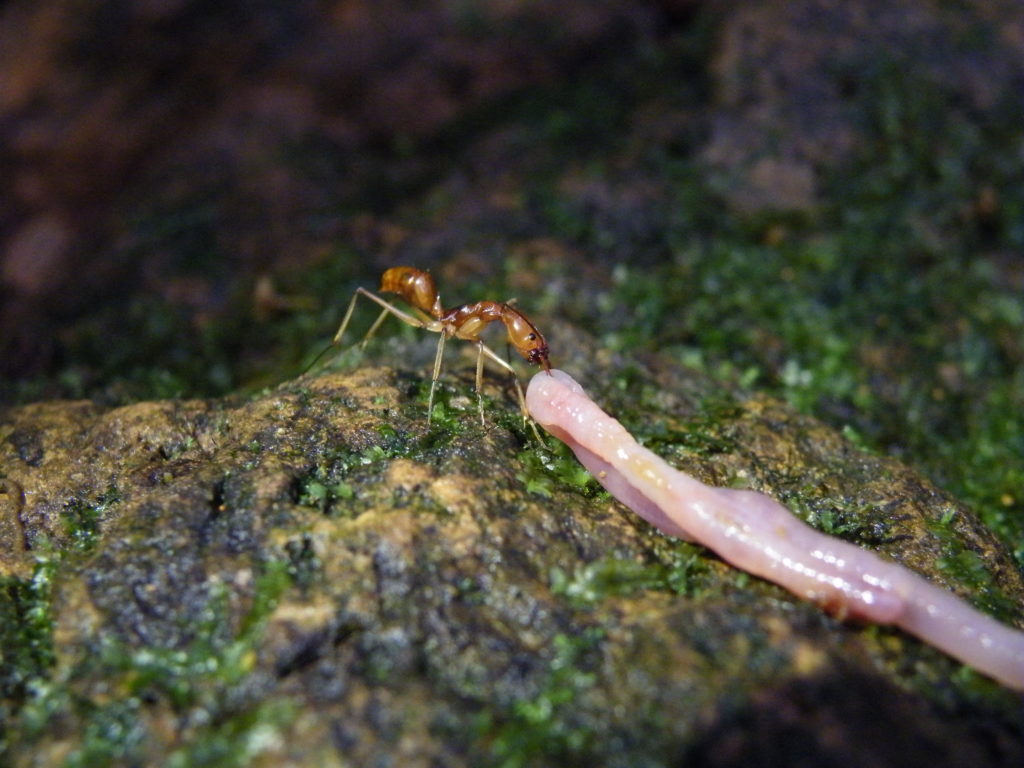
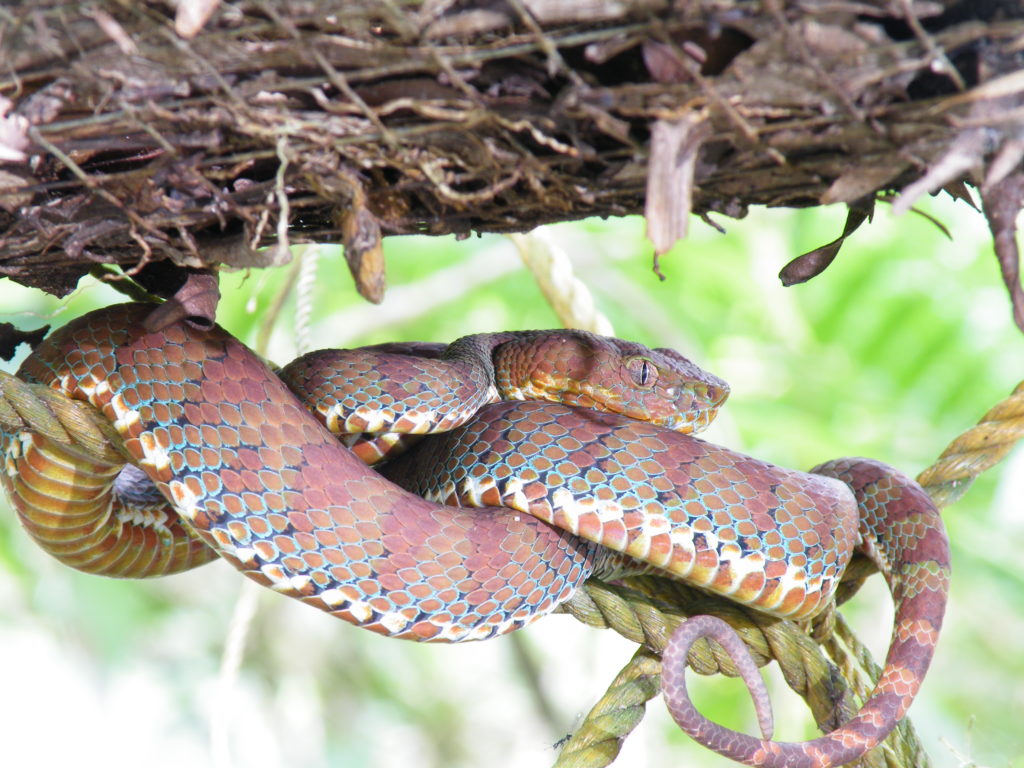
In my spare time, I worked on my project to better understand why the shrub Leea manillensis would so reliably attract ants to their young shoots. I also read my first ever myrmecological paper: Heil & McKey 2003! In my project, I learned that the plant produces extrafloral nectar and possibly fruiting bodies that are collected by the ants. Eventually, I could snap a picture of an ant actively feeding on the secretion of an extrafloral nectary!
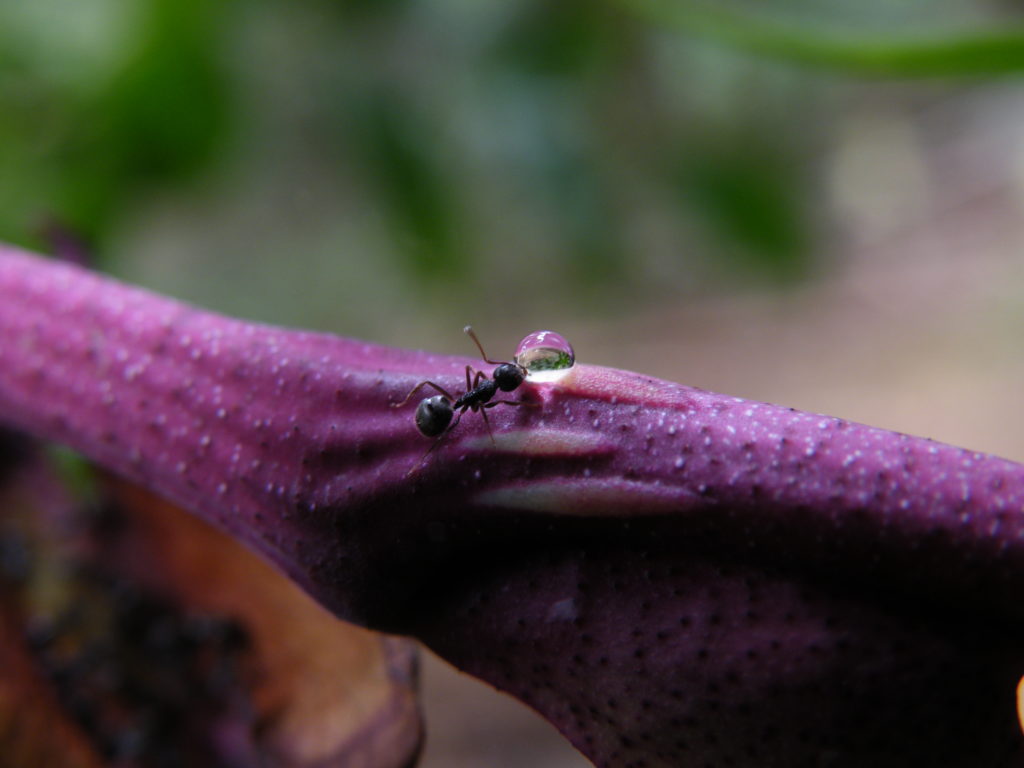
Further observations revealed that several different species of ants regularly visited the plant. Within the first four weeks, I recognized six different species. Some (very badly performed) behavioral experiments involving a cut-off stick-insect leg also showed that the ants attack intruding arthropods, which I reckoned was of benefit to the plant. Altogether, I was confident enough to conclude that I will be the first to describe this facultative, mutualistic symbiosis!
Back home, I presented the results to Prof. Curio, who to my excitement suggested we try to publish this story. So, I sat down to write my first ever scientific paper with the handy title “Another ant-plant mutualism: Characterization of the myrmecophilic symbiosis between Leea manillensis and various ant species“. In 2011, I finally finished the manuscript. I had written 18 pages with 6 (!) figures and submitted my manuscript to Myrmecological News.
The reviews were helpful, friendly, but sobering. I had misidentified most of the ant species and made overly ambitious claims about the nature of the interaction between the ants and the plant. One reviewer suggested we “search help by a native English speaker”.
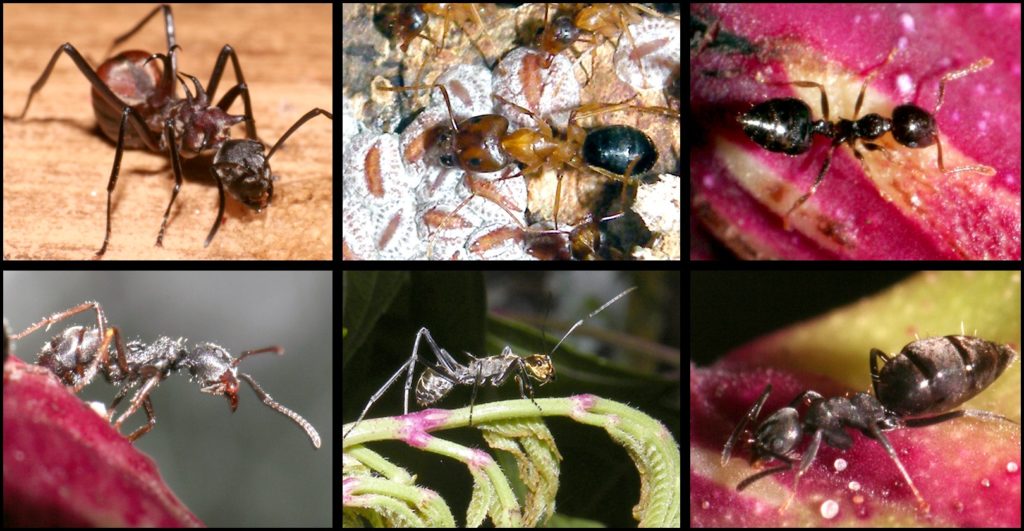
Now, ten years later, my outrage about the rejection has subsided and I can see that it maybe wasn’t such an amazing piece of scientific writing after all. Writing this blog post, I am reminded of how much the tropical rain forests of Panay and the experiences I made there have left an impression on me.
References
Martin Heil and Doyle McKey. 2003. Protective Ant-Plant Interactions as Model Systems in Ecological and Evolutionary Research. Annual Review of Ecology, Evolution, and Systematics 34:1, 425-553
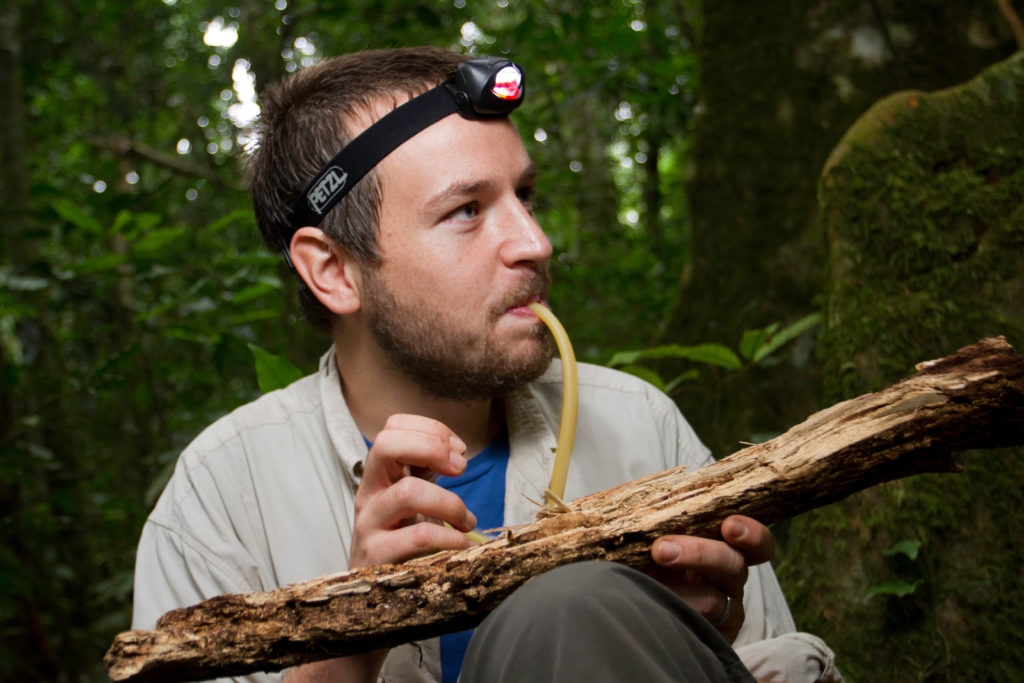



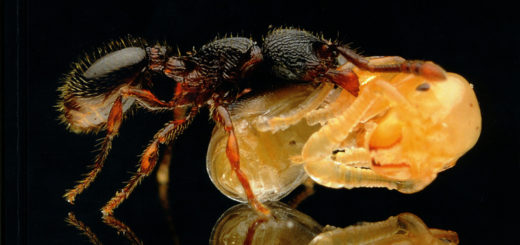
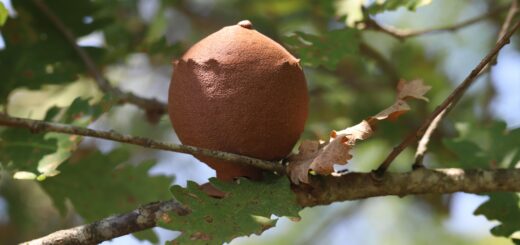
Recent Comments